FISH LEATHER ANYONE? – AN ALTERNATIVE TO ANIMAL LEATHER
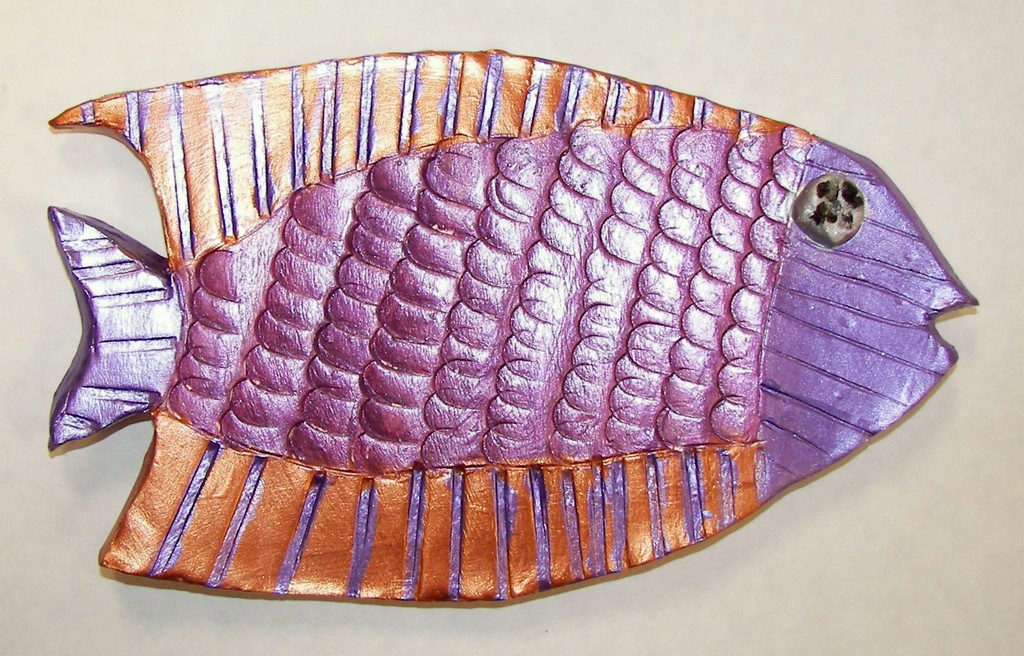
Leather is one of the coveted materials and genuine leather products have an aspirational value, due to its cost. It is sought after due to its durable and sturdy nature. Leather comes in different forms like cow, alligator, goat, buffalo and snake. However, the demand for leather has also affected endangered animal species, which are targeted to meet the market supply. With a need to cater to a wide range of clientele and, enterprising leather manufacturers especially the ones in the coastal regions have begun to transform fish skin, into leather as an alternative to animal leather.
A waste product that is usually discarded or ground as animal feed, is found in abundance in coastal areas and is considered as waste after the fish is skinned and then shipped. Sustainability is one of the major driving factor for the demand in fish leather. Apart from being sustainable, fish skin is flexible and has an elegant quality to it. It also makes one wonder if the delicate skin of a fish can be used to make sturdy leather?
Though fish skin is delicate, post 1 month of tanning it produces much stronger leather which is tear resistant and durable, due to its criss-cross structure. This is apt for products like shoes, belts, bags, jackets etc. Animal hides that are not turned into leather conjure up 10 million tonne waste per year. The usage of fish leather will help reduce CO2 emissions from animals. Production of fish leather could also help in creating jobs.
The production of skin leather is not a new phenomenon; it is actually an age old craft which was practiced among the Native Icelanders, China, Alaska and Pacific Northwest. Iceland is known to be one of the highest producers and suppliers of fish leather. Apart from Iceland; Kenya, Nairobi, Canada also produce fish leather.
Inorder to cut down on waste, fish processing units and tanneries operate side by side to cut down on waste. Icelandic Designer, Boas Kristjánsson showcased his latest collection called Karbon on the runways of Paris Fashion Week in 2018, wherein he used fish skin for his collection. Brands like Jimmy Choo, Dior, Ferragamo, Prada and Nike have used fish leather in their products like shoes, bags and iPhone covers.
The fish tanning process conducted in Iceland is as environmentally friendly as possible. The production makes use of hydro and geothermal energy, which is prevalent in Iceland. This enables the re-use of every drop of water between eight and nine times in the production process.
Closer home, brand Mayu founded by Mayura Davda-Sinha creates clutch and wallets made out of salmon and wolfish. She uses a zero waste manufacturing facility in Chennai and does not exceed more than 1000 wallets and clutches in terms of output.
Is fish leather truly the answer for the reduction of animal leather, only time will tell?
You have been served:
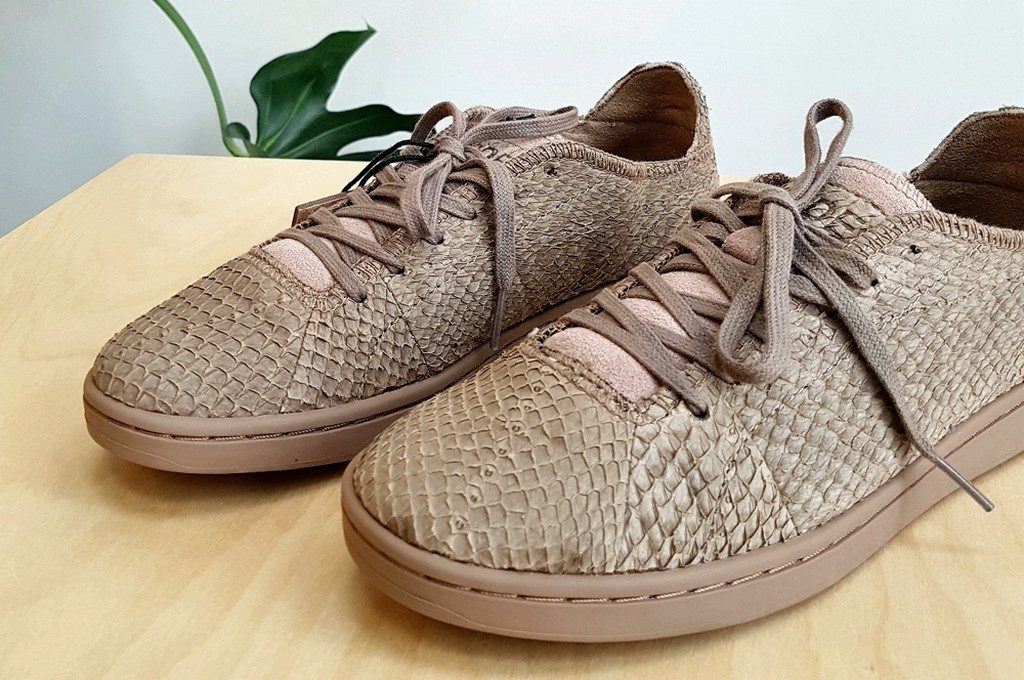 (Image Source: https://wtvox.com)
(Image Source: https://wtvox.com)
Fish Leather Handbags
 (Image Source: https://nuvomagazine.scdn2.secure.raxcdn.com)
(Image Source: https://nuvomagazine.scdn2.secure.raxcdn.com)
Blue Fashion at Kenya’s Blue Economy Conference in Nairobi
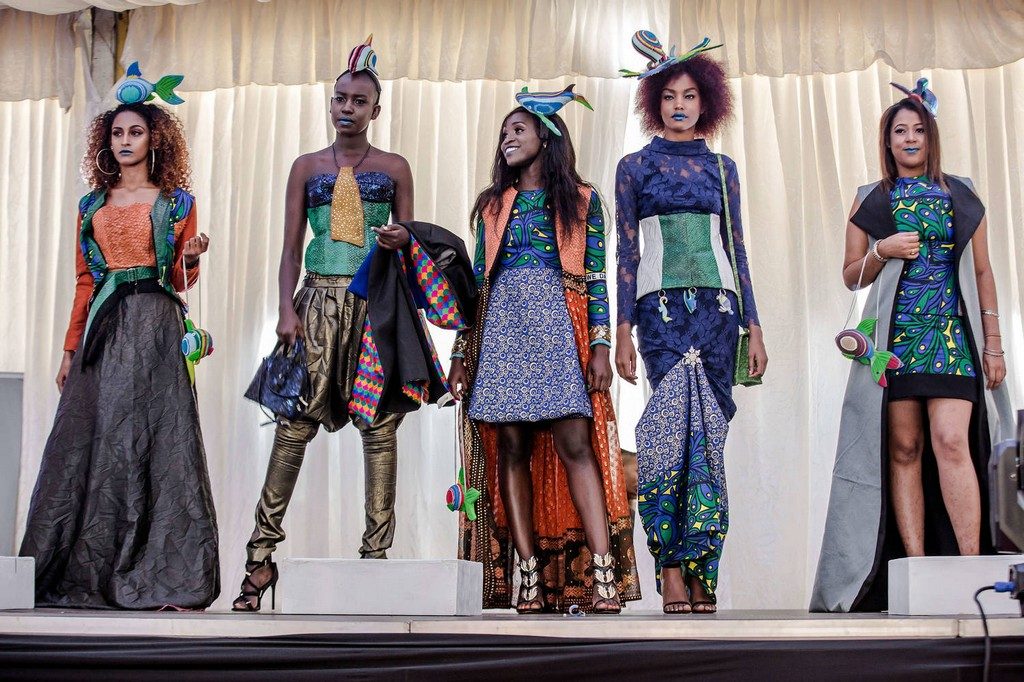 (Image Source: http://www.fao.org)
(Image Source: http://www.fao.org)
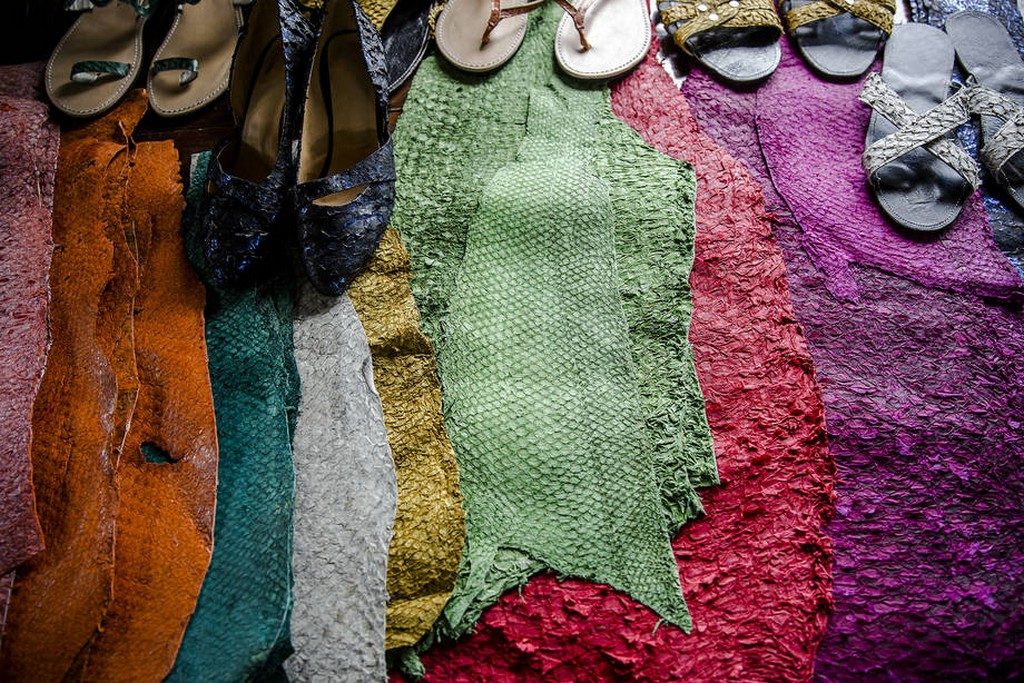 (Image Source: http://www.fao.org)
(Image Source: http://www.fao.org)
The Premier x Nike SB Fish Ladder Pack
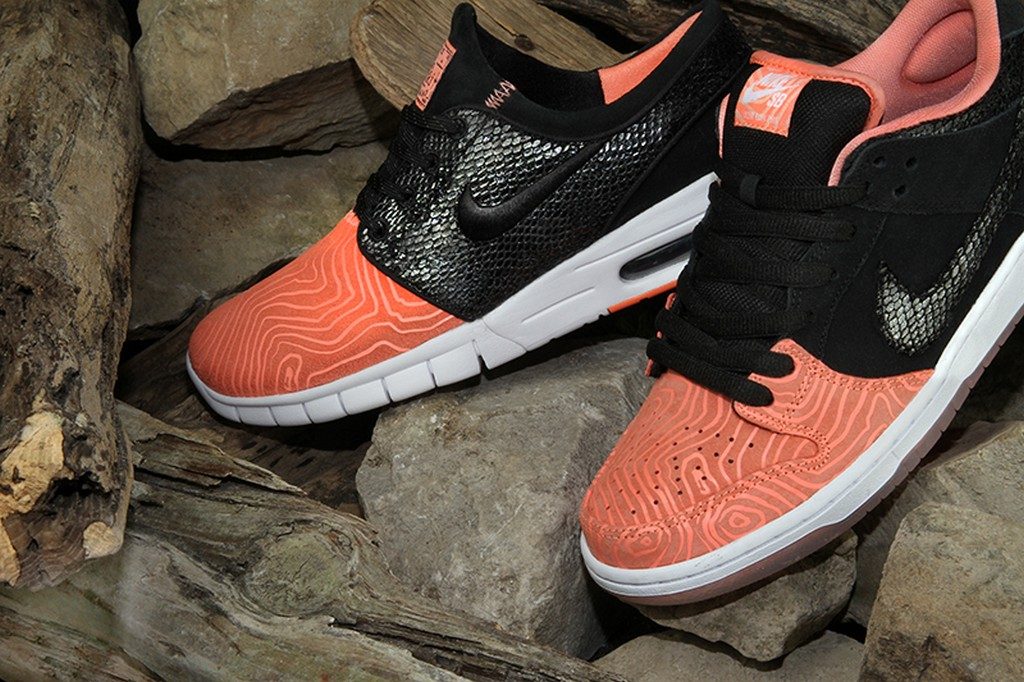 (Image Source : https://www.kicksonfire.com)
(Image Source : https://www.kicksonfire.com)






